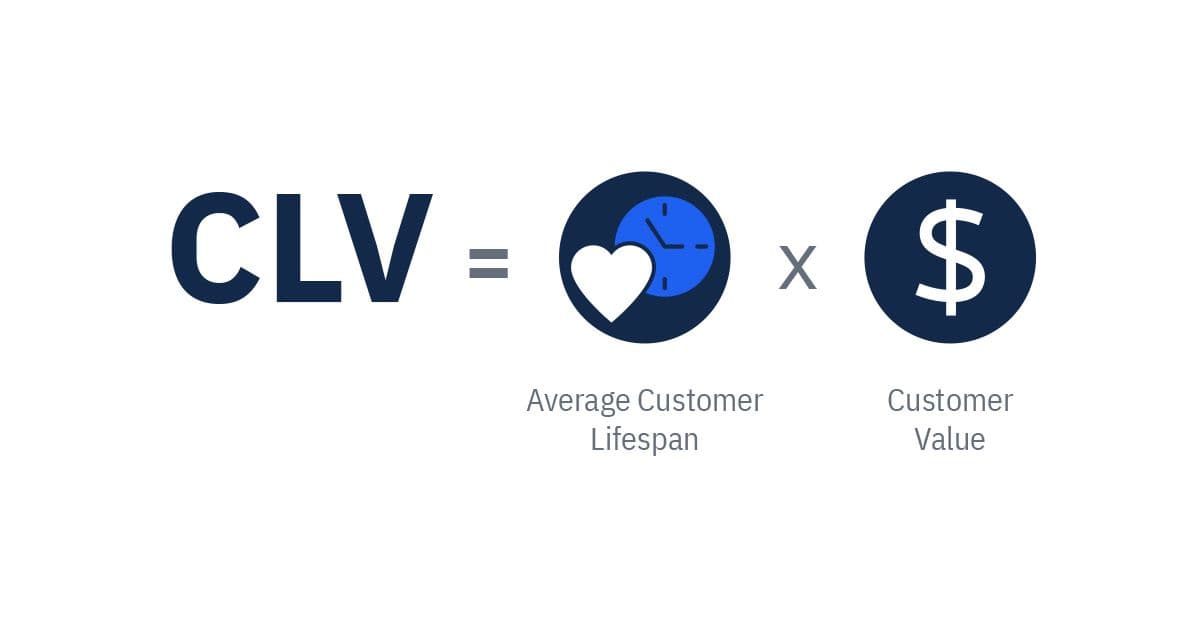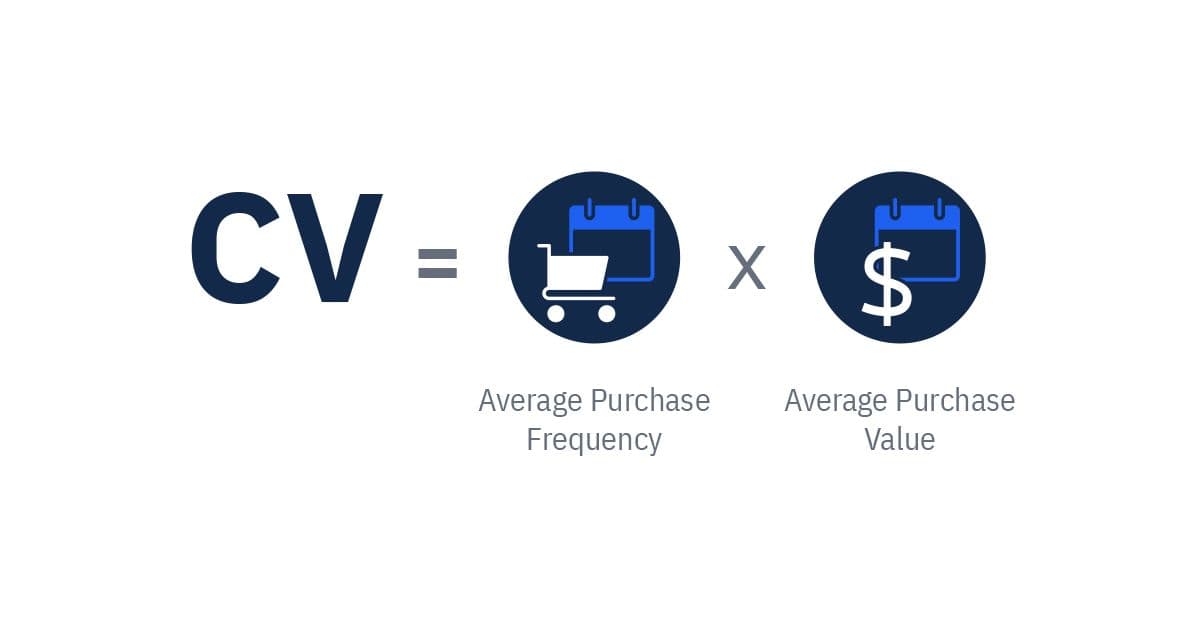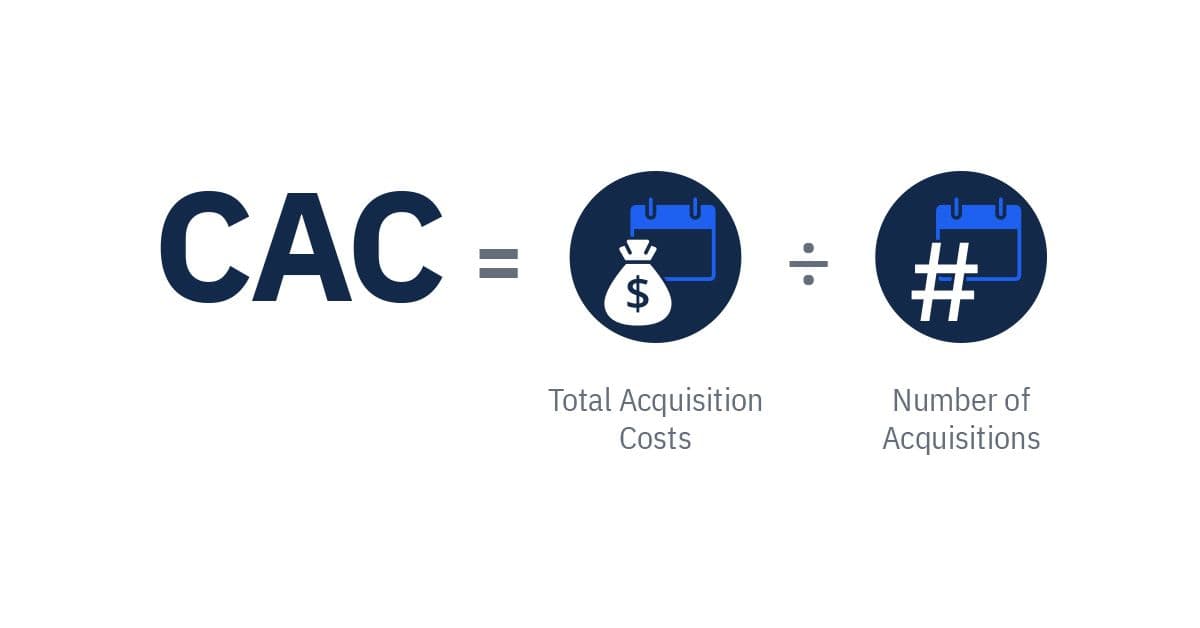What is Customer Lifetime Value (CLV)? Definition & Formulas
Unlock the secrets of your most lucrative users through customer lifetime value calculations.
At the surface, it’s a simple idea: Customer lifetime value (CLV) is the monetary worth of a customer to your business for the length of their patronage. However, digging deeper into CLV reveals layers of complexity that speak to how essential the concept is to the continued success of your product.
A customer’s lifetime value is tied both to a customer’s satisfaction with a product and a company’s ability to retain frequent users. Calculating the lifetime value of a customer serves as an evaluation of your current sales and efforts. By establishing this baseline, you can plan for improvements in the customer journey that lead to cost savings and revenue increases down the line.
Key takeaways
- Customer lifetime value (CLV) is the measurement of how a customer’s worth for as long as they do business with a company.
- Measuring CLV helps fuel marketing efforts, enhance audience targeting, and reduce churn.
- Personalization and friction reduction measures can improve CLV.
Why Customer Lifetime Value Matters to Your Business
If every one of your customers behaved in the same manner and spent the same amount of money at all times, their value to your business would be the same. This, of course, is not the case, meaning a certain percentage of your customers are responsible for more of your revenue than others.
You can use CLV to calculate how much existing customers stand to spend on your product. By doing so, you can better project how much each new acquisition is likely to invest over the course of their life cycle. Additionally, the ability to identify high CLV customer behaviors is vital in understanding how to encourage said behaviors in lower CLV groups.
Real-World Applications of Customer Lifetime Value
Analyzing Marketing Campaign Success
Marketers can use this figure to measure marketing campaign successes. Imagine you discover that the average customer spends $400 on your product over the course of their life cycle. Sales-wise, this number may be acceptable or even exciting. However, if the marketing costs to convert each customer averages around $390, you’ll need to go back to the drawing board to determine how to reduce acquisition costs or boost sales.
A dream marketing campaign would bring prospects into the fold in droves at the cost of only pennies. This simply isn’t realistic. However, quantifying CLV will help you determine the upper limits of acceptable acquisition costs or identify which marketing strategies are wildly successful compared to an acquisition’s assumed revenue.
Improving Audience Targeting
Calculating the lifetime value of your customers helps identify how the most lucrative ones use your product. Studying customers with high CLV will likely reveal a segment of users spending money on your product over time. You may discover that your highest value customers are those who spend a great deal in a short time or ones who spend less money but have used your product steadily for years.
The money a customer spends on your product isn’t the only way to measure value. Your product analytics are likely to reveal that users who are more engaged with your product are more likely to leave good reviews, share experiences on social media, or refer your product directly to peers. This customer may not spend heavily on your product, but they are invaluable as vocal advocates.
Opportunities for upselling or long-term renewal give you a more complete picture of the value of your customers. Perhaps your video conferencing platform is only used by a single team at a large company on a trial basis. The team may not be spending an impressive sum currently, but the potential for widespread adoption and future investment in your product make them highly valuable customers.
Identifying high-CLV customers should reveal similarities in demographics and behaviors. You can build campaigns or messaging focused on targeting certain demos or encouraging specific behaviors to convert lower-value customers into bigger spenders.
For example, imagine your research reveals customers who use your wish list feature at least three times are 50% more likely to join the upper echelons of high-value customers. Your next marketing campaign should target existing low-engagement customers with messaging highlighting the benefits of your wish list feature.
Identifying Points of Frustration
Alternatively, studying your lower-CLV customers may reveal patterns into what obstacles hinder your user experience. Research has shown that customers are willing to spend as much as 16% more for products and services that offer a great customer experience.
Parsing through the analytics data for your lower-value customers might reveal friction at the critical sign-up event for your product’s premium feature. Removing the causes of churn or disengagement helps your users develop a better relationship with the product itself—and a willingness to spend more for that relationship.
Boosted Revenue Through Observation
Simply keeping an eye on your product’s CLV may prove to drive revenue in and of itself. A 2018 Criteo survey determined 81% of marketers believed that keeping tabs on their CLV resulted in increased sales.
It’s possible that the benefits are the result of the Hawthorne effect in action and that emphasis on tracking CLV resulted in greater effort from the marketers themselves. Either way, you’re not likely to quibble over the true cause of added revenue as you count your extra money.
How to Calculate Customer Lifetime Value
Customer lifetime value analysis has undeniable value, but how do you do it? Different variations of the CLV formula exist, but distilled down to its purest form, it looks like this:

CLV = Average Customer Lifespan x Customer Value
Firstly, you’ll need a sense of your average customer lifespan. This figure is usually expressed in years, though products with higher churn rates may prefer to measure it in months.
Determining customer value (CV) requires a bit more math. The calculation for customer value is:

CV = Average Purchase Frequency x Average Purchase Value
Both of the expressions contained within this equation are exactly what they sound like. Average purchase frequency is the mean number of times a customer spends money on or within your product over the course of a predetermined time period. Average purchase value is the mean monetary cost of these purchases over that same time period.
CV and CLV have one one key difference: CV calculates the value for a limited time frame, while CLV determines the value of a customer from “hello” to “goodbye.” Take customers who buy from your hypothetical ecommerce website. The average customer makes 100 purchases a year, with each purchase clocking in at $10 a transaction. This means your CV is $1,000.
Your most dedicated customers have been purchasing from your business since its inception 10 years ago. At $1,000 a year, their CLV is $10,000 and growing. On average, however, customers tend to churn after three years, making your average CLV $3,000.
How (and Why) to Calculate Customer Acquisition Cost (CAC)
Measuring CLV in a vacuum doesn’t factor in how much money it takes to acquire these customers in the first place. You may be excited to discover that your average customer brings in $3,000 on average, but you’re bound to be less enthused if it costs $3,300 to bring them into the fold.
Finding your customer acquisition cost (CAC) helps define how much it takes to bring a customer into the fold. It’s a simple calculation:

CAC = Total Acquisition Costs / Number of Acquisitions
Both acquisition costs and the number of acquisitions should be pulled from the same time span as that of your CV measurement for an apples-to-apples comparison of cost to value. Subtracting your CAC from your CLV will give you a more realistic figure with which to determine both the success of your marketing campaigns and revenue projections.
Data-Driven Best Practices for Improving Your CLV
Even after factoring in CAC, your average customer lifetime value may fall within acceptable parameters by your own standards. However, even great CLV figures can be improved by focusing on the two components that the metric is built on: customer value and customer retention.
Increase Your Customer Value Through Personalization
Eighty percent of customers are more likely to buy from brands that personalize user experience. One of the most powerful methods of personalization is custom recommendations. Not only do customers view products with personalization in higher regard, but recommendations also provide opportunities for upselling. Amazon’s tried-and-true recommendation efforts account for 35% of the company’s total product sales.
Luckily, Amplitude acts as a personalization engine. It lets you segment your customers by past behavior and build campaigns focused on their shared interests. If a group of customers buys new furnace filters every three months like clockwork, you might send a blast of emails to this group a few weeks early in anticipation of their needs.
Recommendations aren’t limited by past behaviors. Amplitude Recommend empowers you to build cohorts based on the likelihood of customers behaving a certain way in the future. Recommendations can be directed to customers likely to purchase new products based on a combination of historical and behavioral data, statistical modeling, and computer learning. A prediction may suggest that a customer who recently purchased a dog toy is likely to need dog food in the near future.
Increase Your Customer Retention by Minimizing Friction
Issues with the customer experience often stem from issues with the UI. Many of these issues can be identified through direct customer feedback or routine usability testing. In fact, it’s been suggested that as few as five users in a test setting can identify 85% of usability issues.
Amplitude provides data-backed ways of identifying and rectifying points of friction. For instance, a review of the analytics for your music streaming service may reveal that most customers on a free trial of your product churn within a day of signing up. You further identify that 50% of free trial users never even stream a single song.
Running predictions through Amplitude Recommend suggests that users who download a song within the first day of signing up for a trial are 60% more likely to convert at the end of it. You and your product development team work to build a new workflow that focuses on directly guiding users to their first download.
However, switching all of your customers to the new flow without testing it could create unforeseen disruptions to your customer journey. Instead, you use Amplitude to create a segment of users with a low likelihood of conversion and send them through the new workflow, comparing conversion rates to those in a similar segment who were kept in your existing process.
Improve Your Customer Lifetime Value
Users are attracted to quality products. Personalization and retention efforts will fall flat if customers aren’t engaged with a product that fulfills their needs in a way no other product can. Bake value into your product or new feature at the earliest stages of development so that later efforts to increase CLV are built on the strong foundation of a customer-pleasing product.
References
- Experience is everything: Here’s how to get it right, PwC.
- Hawthorne Effect, Investopedia.
- How retailers can keep up with consumers, McKinsey.
- New Epsilon research indicates 80% of consumers are more likely to make a purchase when brands offer personalized experiences, Epsilon.
- The state of Customer Lifetime Value report, Criteo.
- Why you only need to test with five users (explained), MeasuringU.
Learn more about growing customer lifetime value with the Mastering Retention playbook.

Mallory Busch
Former Senior Content Marketing Manager, Amplitude
Mallory Busch formerly ran the Amplitude blog, frequently named a best blog for product managers. She also created AmpliTour, the live workshop for beginners to product analytics and 6 Clicks, the Amplitude video series. She produced the Flywheels Playbook, wrote The Product Report 2021 and produced The Product Report 2022. A former developer and journalist, Mallory's written work and coding projects have been published by TIME, Chicago Tribune, and The Texas Tribune. She graduated from Northwestern University.
More from Mallory




